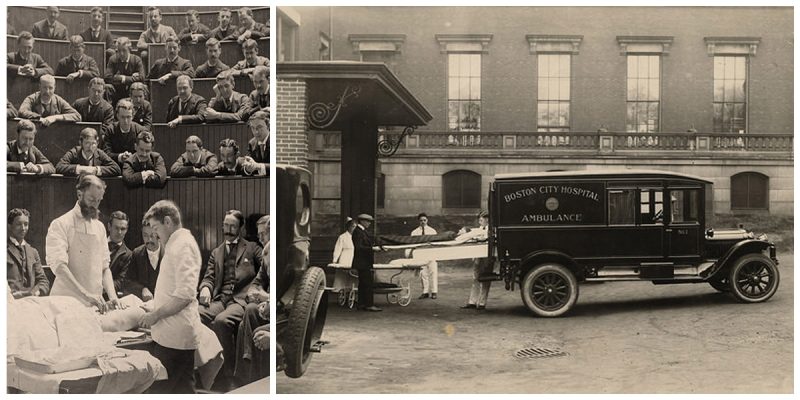The Boston City Hospital (1864–1996) in Boston, Massachusetts, was a public hospital located in the city’s South End. As a municipal institution, the hospital began to provide much-needed health care to both the urban poor of Boston and the ever-increasing number of Irish Immigrants entering the city during the mid-19th century.
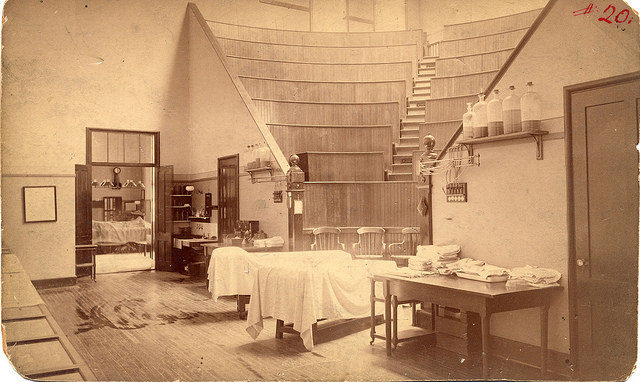
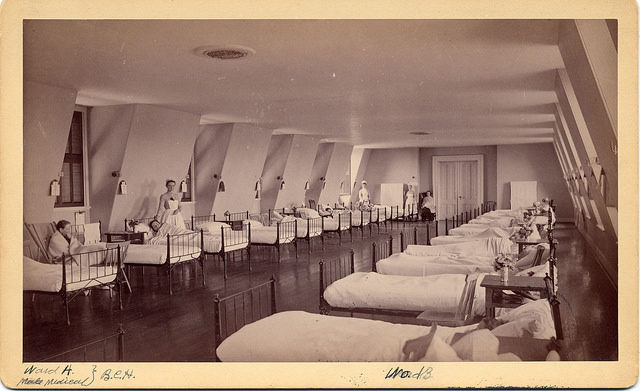
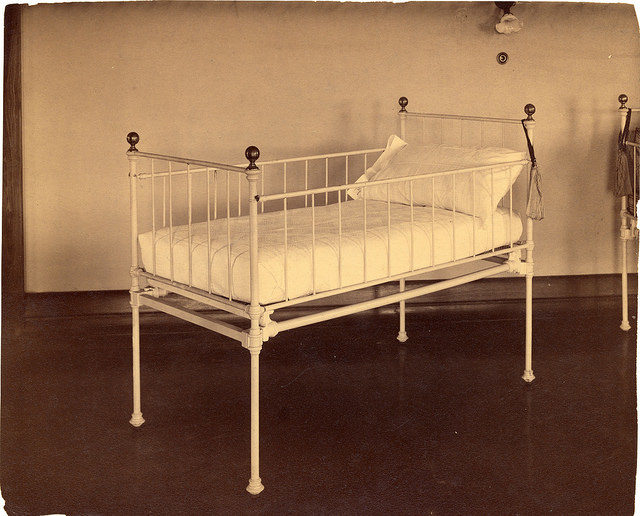
About one-third of the patients were natives of Massachusetts, but patients born in 61 other countries spent time in the hospital over the course of the year. The largest number of those came from Ireland, but the annual report lists patients born in Syria (25), Barbados (5), the Fiji Islands (1), and New Zealand (2), as well as many other locations. From February 1, 1912, through January 31, 1913, the hospital treated almost 13,000 people with an average of 550 residents per day. As early as 1868 the facility was using tents to house a small number of patients. The air and the hygiene were probably better for them than that found in the wards. Photos: City of Boston Archives/Flickr
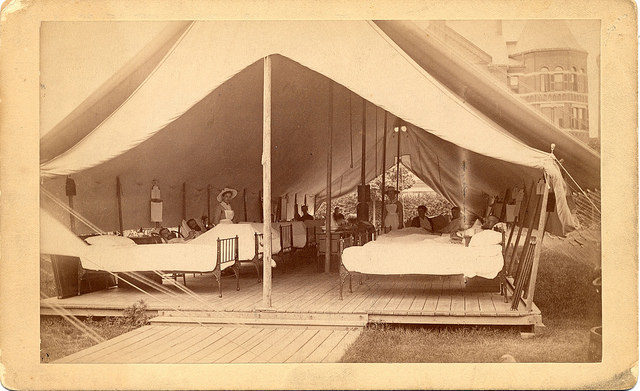
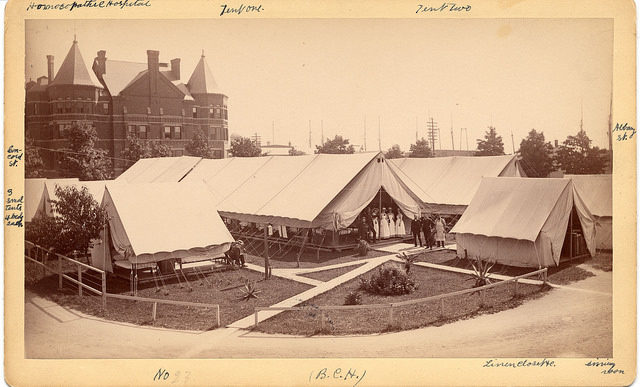
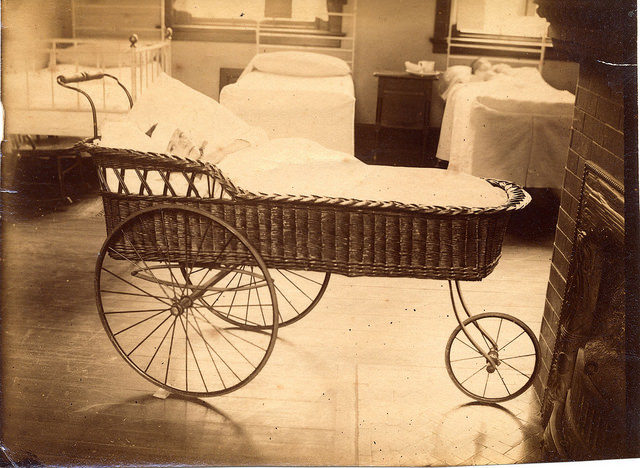
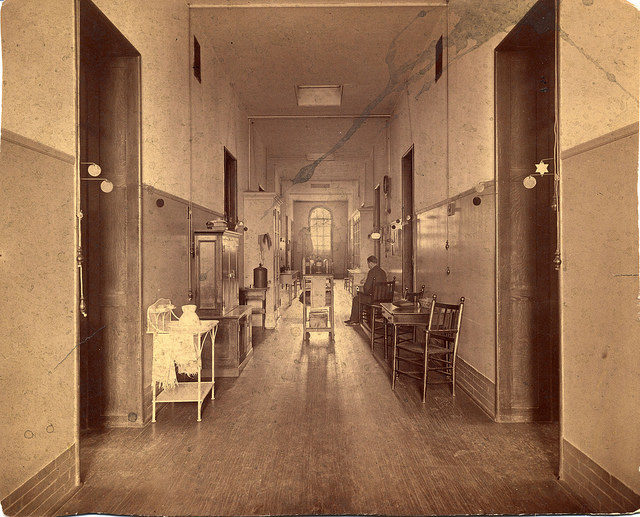
It was “intended for the use and comfort of poor patients, to whom medical care will be provided at the expense of the city, and … to provide accommodations and medical treatment to others, who do not wish to be regarded as dependent on public charity.”
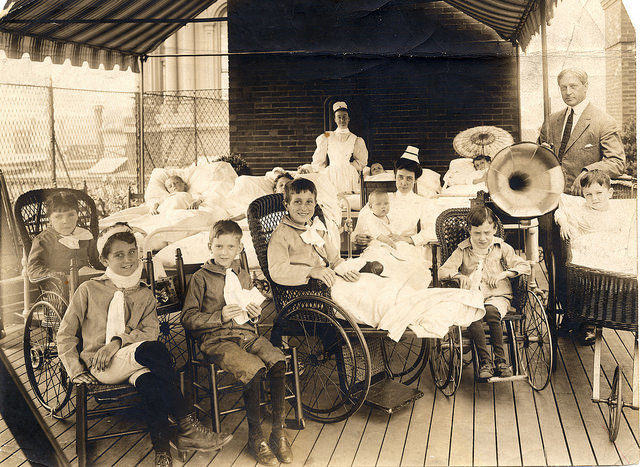
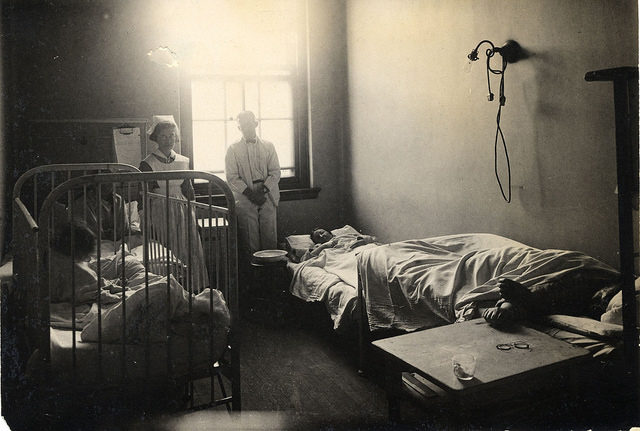
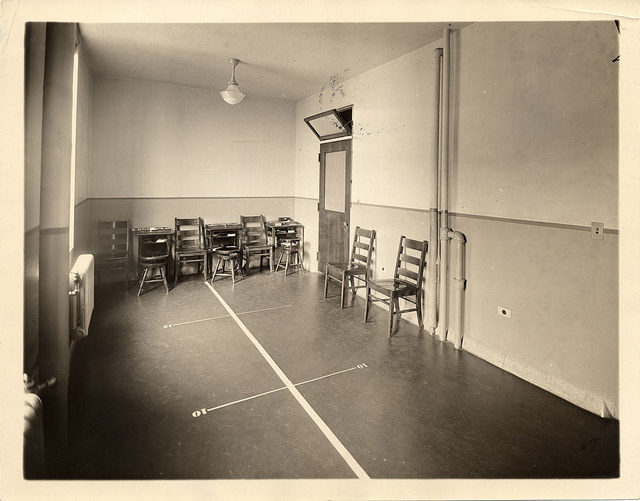
In the mid-19th century the idea for the hospital was suggested by Elisha Goodnow, who by his will, dated July 12, 1849, gave property to the city valued at $25,000 for establishment of a free city hospital. Architect Gridley James Fox Bryant designed the first hospital, built 1861–1864 on Harrison Avenue in the South End. It was renovated in 1875, and again in 1891–1892.
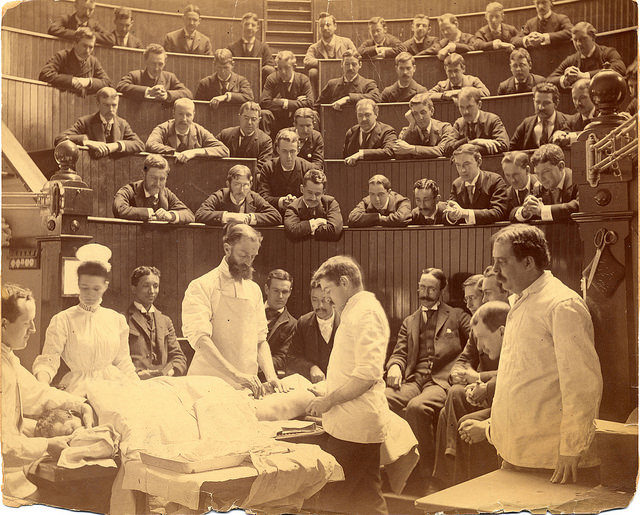
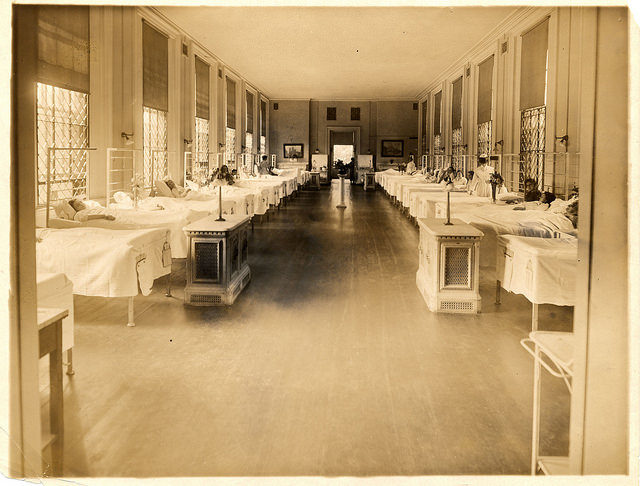
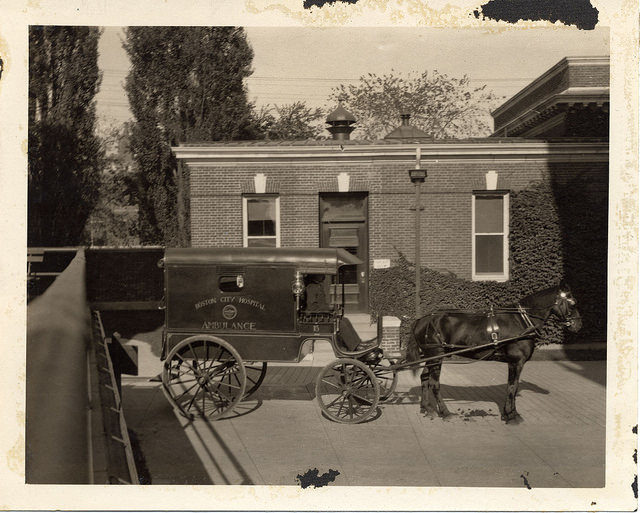
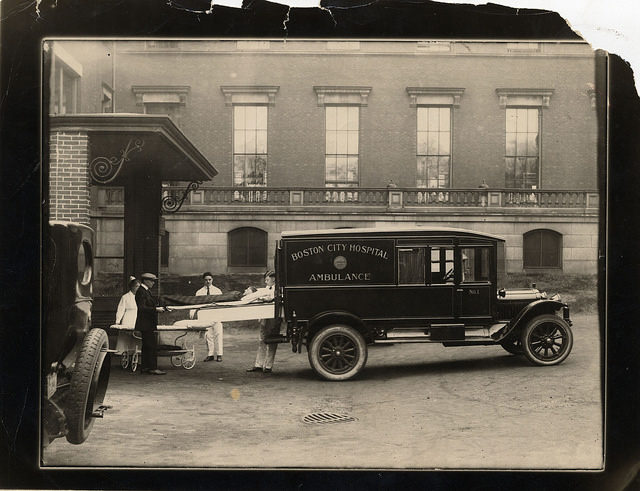
As of 1905, the hospital consisted of “the hospital proper, on the area bounded by Harrison Avenue, East Concord Street, Albany Street and Massachusetts Avenue, containing 430,968 square feet, or 9.9 acres; the South Department, 745 Massachusetts Avenue, containing 125,736 square feet, or 2.9 acres; the ambulance station, boiler and dynamo house, coal-pocket and wharf, Albany street, containing 69,785 square feet, or 1.6 acres; the convalescent home, Dorchester Avenue, Dorchester, containing 610,500 square feet, or 14 acres; and the relief station, Haymarket Square, 8,507 square feet, or 0.2 acres.”
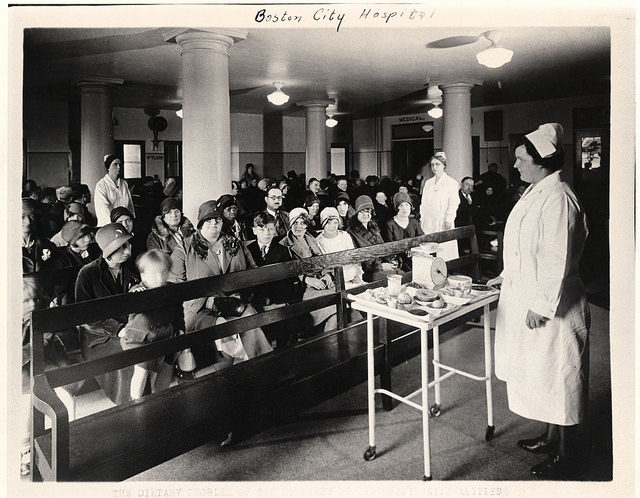
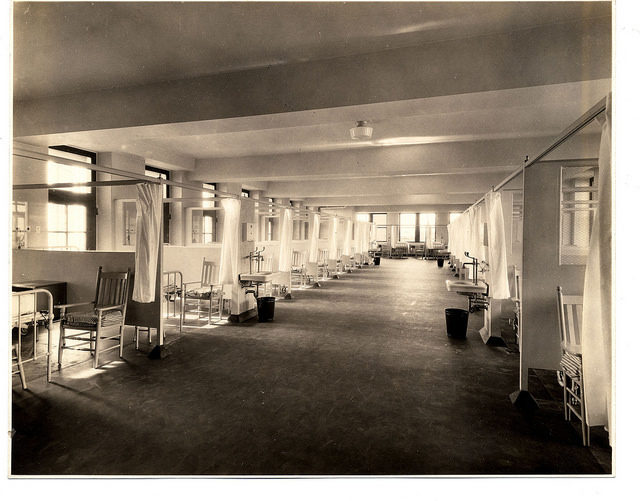
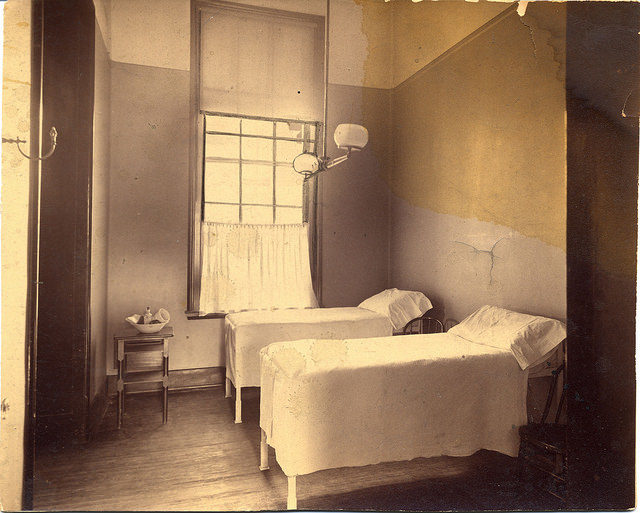
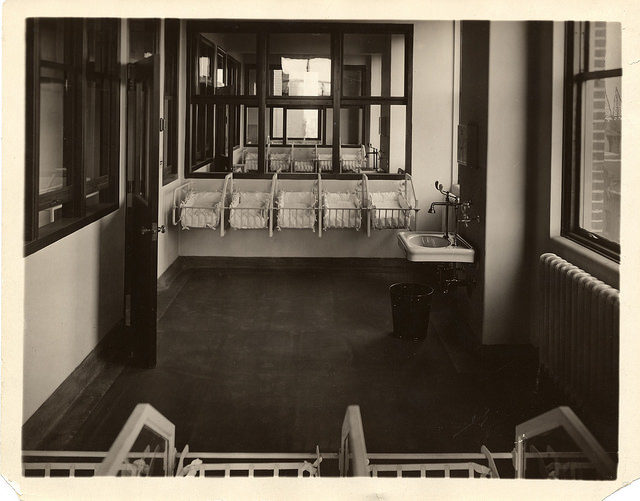
In 1923 the Thorndike Memorial Laboratory was established at Boston City Hospital with support provided by Dr. George L. Thorndike in memory of his brother, William, a long-time City Hospital staff member. The Thorndike had 17 beds for clinical research and became one of the nation’s most distinguished research facilities. Seminal studies in hematology and related disciplines were conducted in this facility by Harvard Medical School faculty and other investigators.
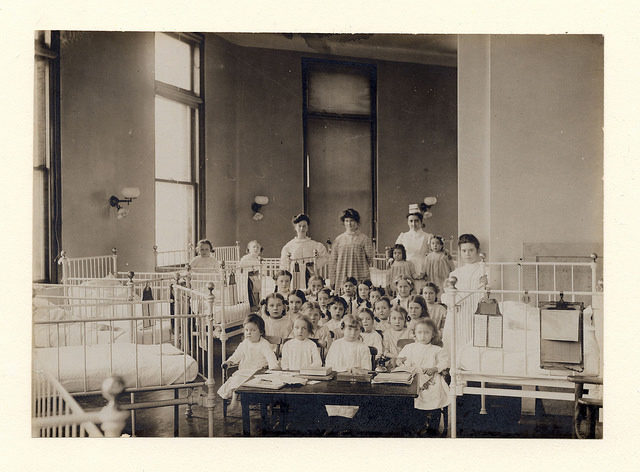

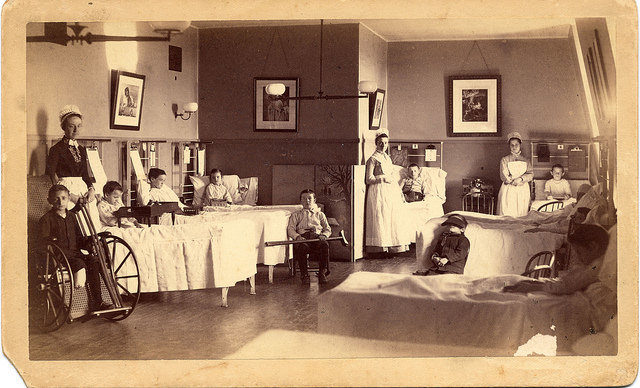
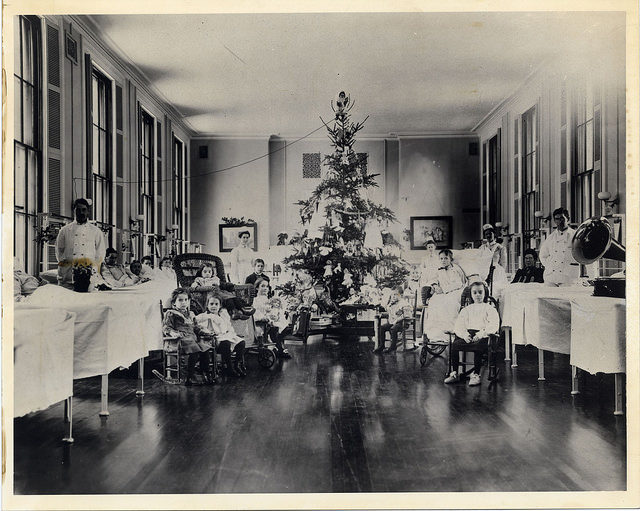
In 1968, the Finland Laboratory for Infectious Diseases was established at Boston City Hospital in honor of Dr. Maxwell Finland, a leading clinical investigator in infectious diseases. The hospital merged with the Boston University Medical Center in 1996, forming the Boston Medical Center.
